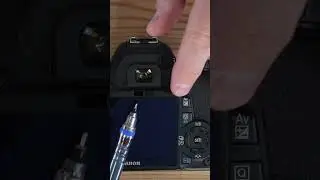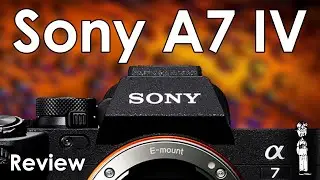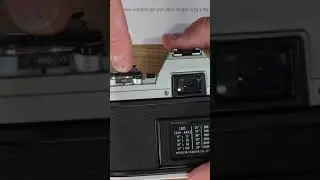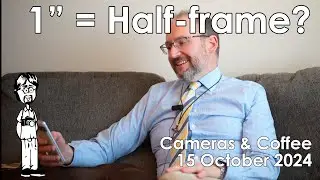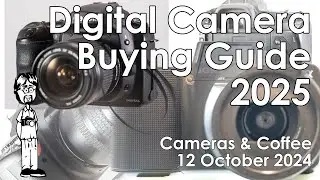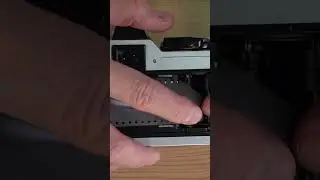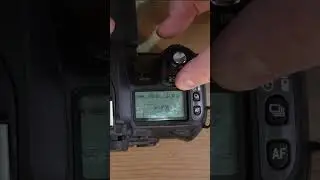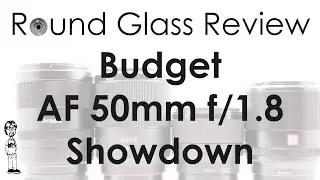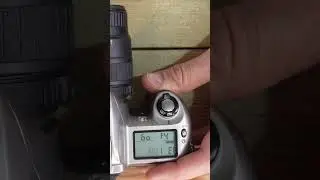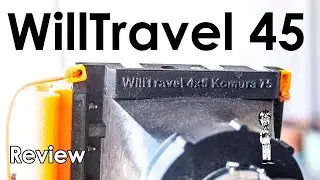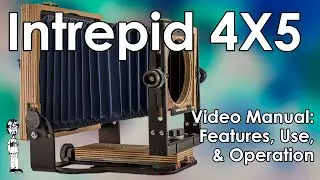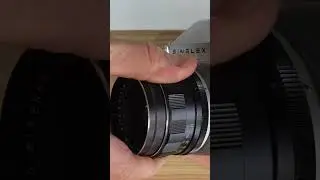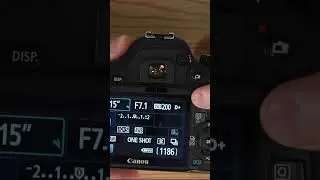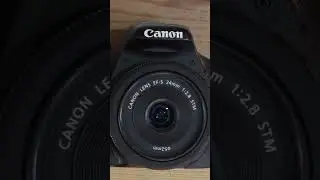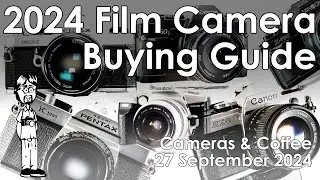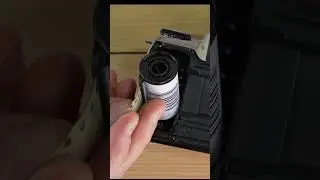Sony A7 IV Full Frame Mirrorless Digital Camera Two-year Review with Sample Photos
The Sony A7 IV is nearly perfect. Now that we know how this review is going to go, let’s talk about what has become my favorite camera, the best camera I have ever used, ever. The A7 IV is exceptionally good at everything it is asked to do. It handles every type oh photography I put in front of it well. Every subject, every scene, every lighting condition, every lens that rests in front of the sensor works and it does so because this camera is amazing. This is an opinion shared by 100% of A7 IV users I’ve met, and every single A7 IV user I’ve met has said they would only replace their A7 IV with an A7 V or A7 VI, whenever those come out in the distant future.
But I do have some complaints. The first is that the microphone port and the USB-C power ports are in terrible locations. Using those items interferes with using the flip-out screen in a lot of shooting settings for video work and a better placement for those on the A7 V, if this is feasible, would be on the grip-side of the camera so that the screen flips out and over the memory card ports. No one is opening and accessing the memory card ports while filming video with the screen flipped out, but lots of people use the mic and power ports during video recording with the screen out. Also, the screen itself could benefit from a better articulation mechanism. For that, Sony could draw some inspiration from, preferably, the Pentax K-1 or, alternatively, the Fuji GFX 50S II, both of which have better screen articulation that can be used in more lighting conditions. That said, given the choice between those two issues being rectified, I’ll take the first one as it’s a bigger frustration. One other improvement in the A7 V, or even as a software upgrade for the A7 IV, the image on the A7 IV screen auto-flips when the screen rotates, but not soon enough and I’ve often found myself using the screen in different settings where I have to compose and focus the scene upside-down on the screen because it can’t both reach the position needed to flip the image and allow me to see the screen.
I rented the Sony A7 IV before I bought it, so I knew I would like it. What I didn’t know was how transformative this camera would be to my perception of what a camera should be, to my overall approach to photography, and, most of all, to the work I realized I was capable of delivering. I expected the A7 IV to have the features I needed to grow my YouTube channel – 4K video, an ability to use myriad vintage lenses, and, the one I expected to be most important, no video recording time limit. What I didn’t expect was that a simple, understated feature would become the most-important to me – the silent shutter, and the ability to use it at any time, not just in select modes as with other digital cameras.
So what is the point of all that? The Sony A7 IV opened a new door to photography for me and that door was an entry to a new appreciation for people and the world around us. Rare is the tool that can do that, not just rare in its existence but rare in our own willingness to go along for the ride that the tool wants to take us on. It doesn’t matter if you have an A7 IV or not, the lesson here for your photography is let the tool of your creative voice take the reins and lead sometimes. The A7 IV had no map for where we would, and still will, go photographically, and so there’s no way I can know the ultimate destination. What’s incredibly fun about that is I know I have a companion for the trip that wants to be there and to see where it leads, too.
Join this channel to get access to perks:
/ @davidhancock
David Hancock's Amazon Author Page with Links to Select Camera Manual eBooks:
https://www.amazon.com/David-Hancock/...
My Instagram:
/ davidhancock
![[4K] 🇺🇸 Bike Ride Around Miami Beach! 🚴♂️🌴](https://images.mixrolikus.cc/video/jmqP9oyWT7s)







